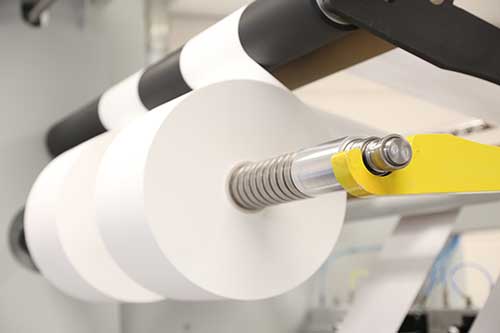SEARCH
Expanded Stock Pouch Program

Expedited shipping from a partner you trust, now with more pouch options in a variety of sizes and materials. Don't let long lead times hold you back. Let Oliver help.
Learn More
Expedited shipping from a partner you trust, now with more pouch options in a variety of sizes and materials. Don't let long lead times hold you back. Let Oliver help.
Learn MoreStill have questions? Our experts can help. Contact Us
Whether you need pouches for testing and validation, are starting a new project, or simply require pouches to help cover inventory, we can help you meet your goals with our DuPont™ Tyvek® Pouches. Available in various sizes.



You have questions. We have answers.
CONTACT US
CHAT